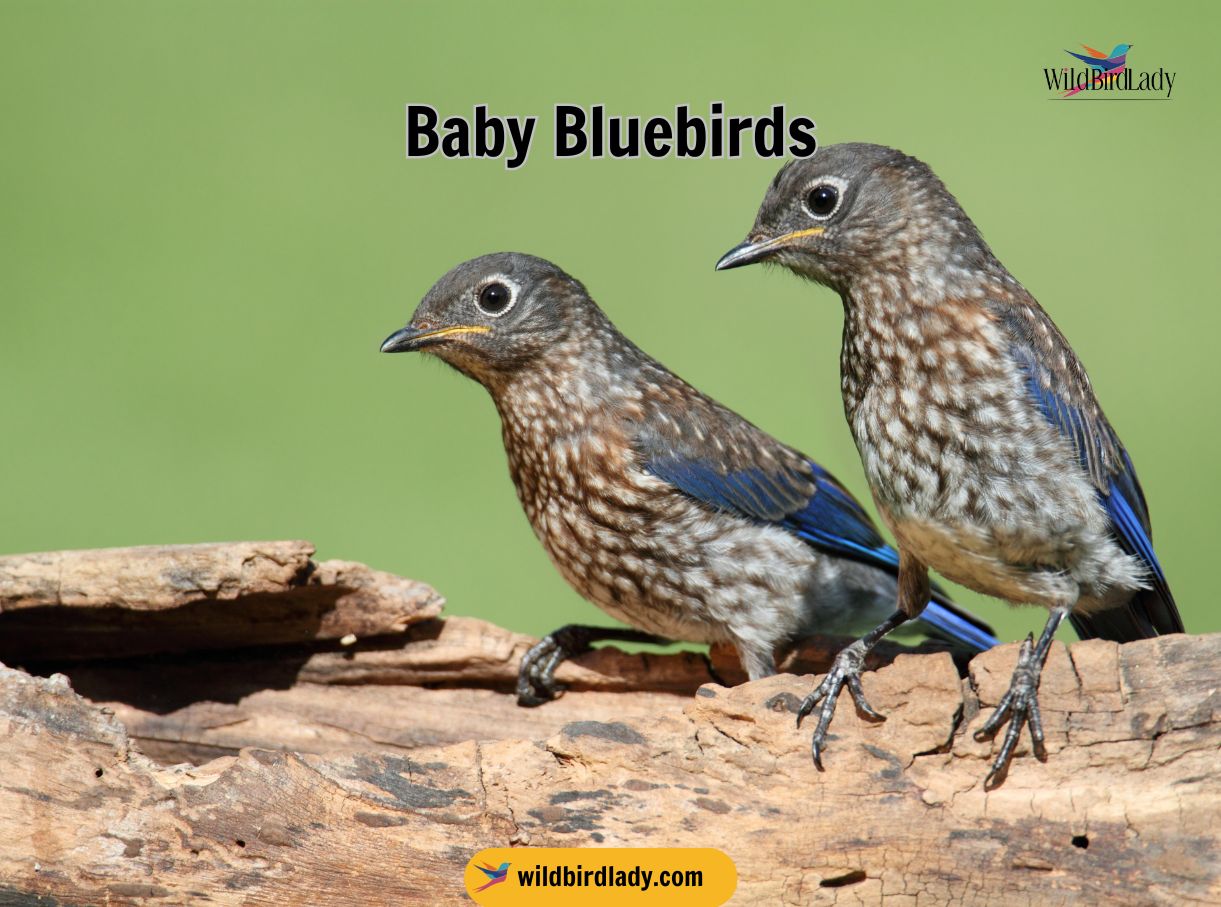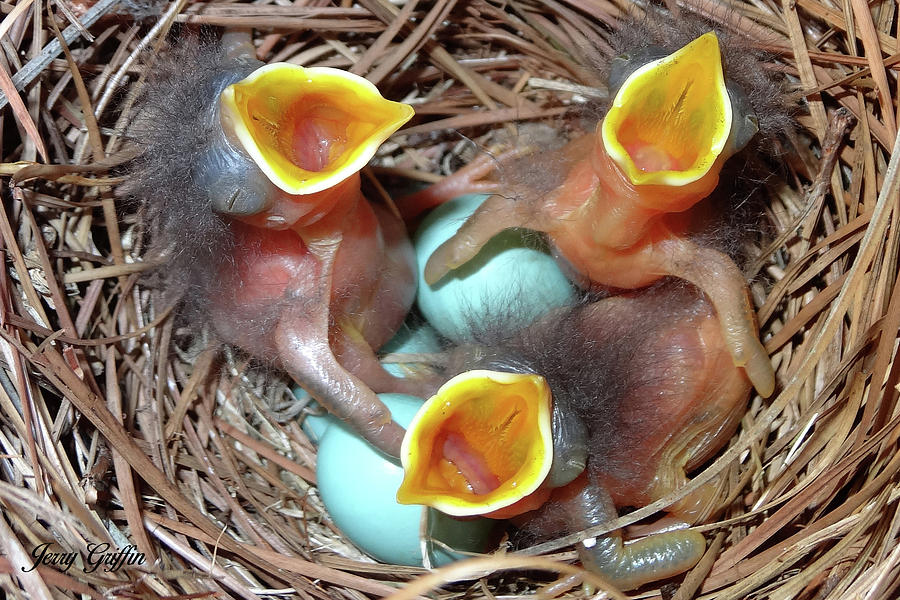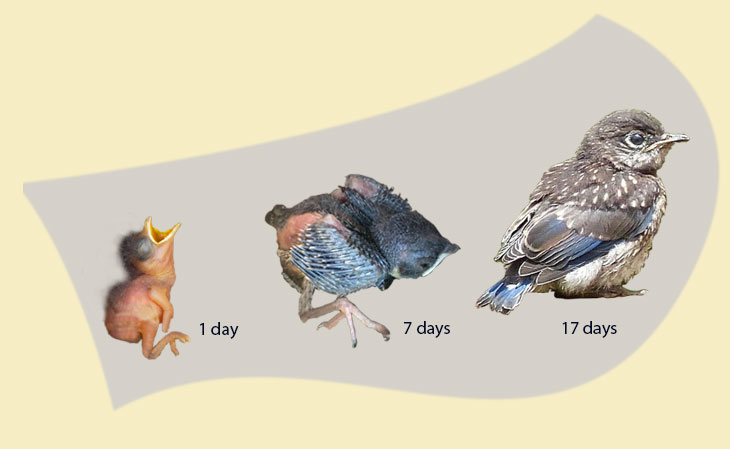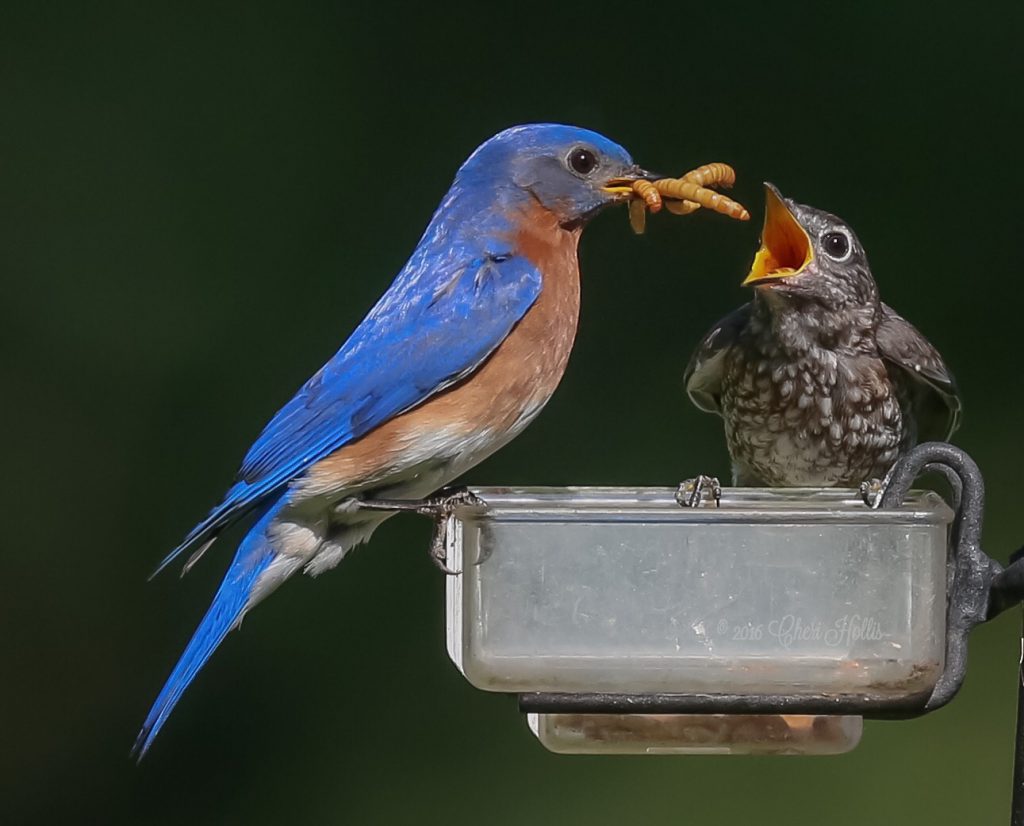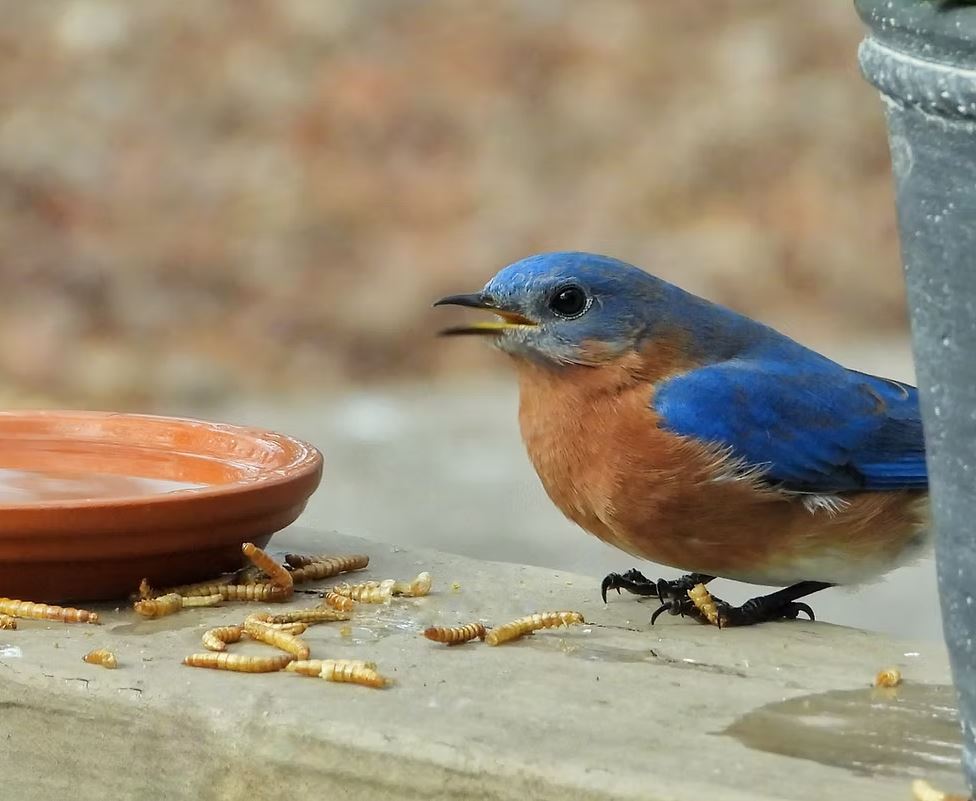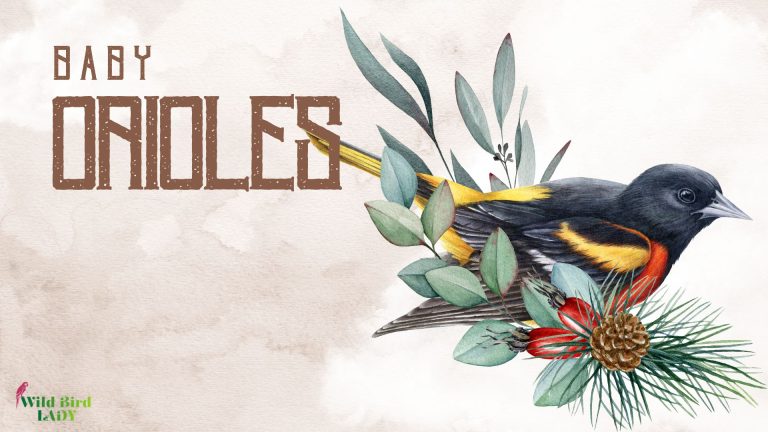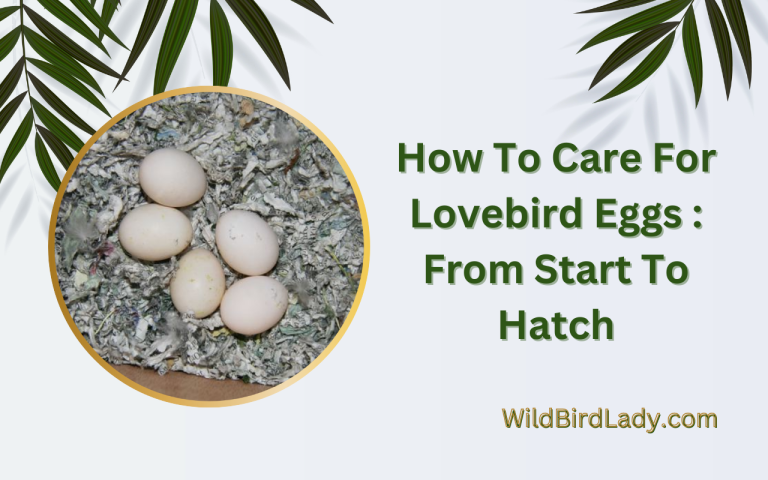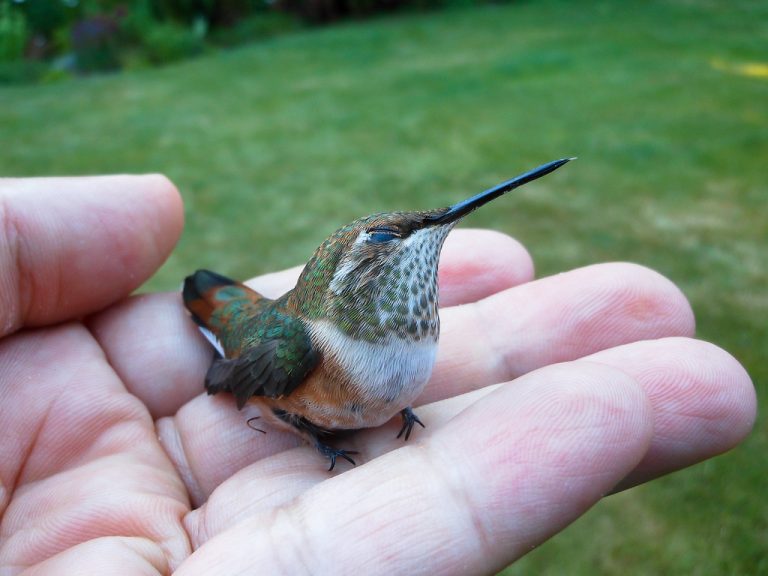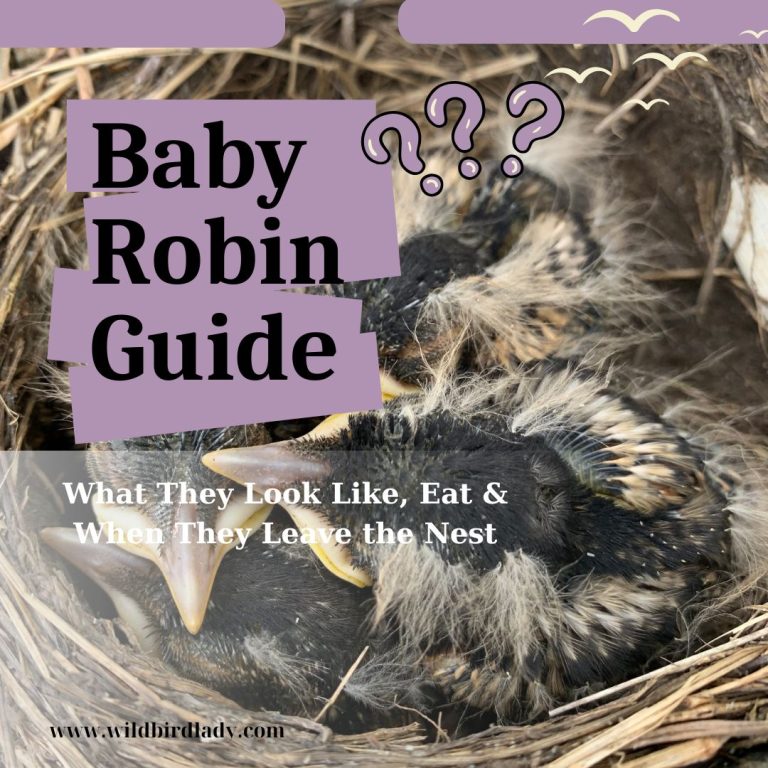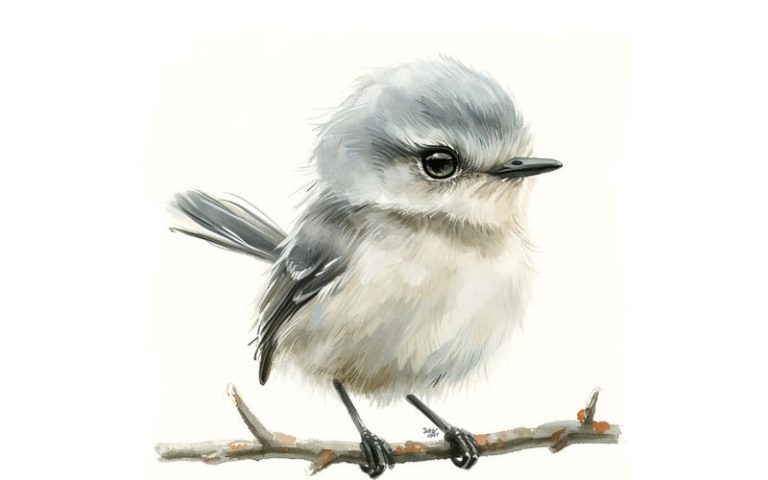Baby Bluebirds: A Complete Guide to Their Growth, Diet, and Survival
Few sights are as delightful to birdwatchers as a nest full of fluffy, chirping baby bluebirds. With their delicate features and hopeful squeaks, these young birds symbolize the beginning of new life in the avian world. In this comprehensive guide, I’ll walk you through the journey of baby bluebirds—from hatching to fledging—drawing from both my personal experience and insights from trusted resources.
What Are Baby Bluebirds Called?
Like many bird species, baby bluebirds go through different developmental stages with distinct names:
- Hatchling – 0 to 3 days old, freshly hatched, blind, and featherless.
- Nestling – Around 3 to 14 days old, still in the nest, eyes open, growing feathers.
- Fledgling – Around 14 to 21 days old, leaves the nest but still relies on parents for food and survival.
These terms help birdwatchers and conservationists track development and care needs.
Life Cycle of a Bluebird
Eastern, Western, and Mountain Bluebirds all follow a similar lifecycle. It begins with courtship in early spring, nest building in tree cavities or nest boxes, and the female laying 3–7 pale blue (sometimes white) eggs. She incubates the eggs for about 12–14 days.
After hatching, both parents feed the chicks nonstop until they fledge. Some pairs even raise two or three broods per season.
According to the Cornell Lab of Ornithology, most Eastern Bluebirds begin breeding by their first spring and live around 6–10 years in the wild (All About Birds – Eastern Bluebird).
Where and When Do Bluebirds Nest?
Bluebirds begin nesting in early spring, typically from March to August, depending on the region. They prefer open grassy areas with scattered trees and natural cavities or nest boxes. In the wild, they often use old woodpecker holes.
If you’re placing a bluebird box, it’s best to situate it in a quiet area 4–6 feet off the ground, facing away from prevailing winds, with a clear flight path.
What Do Baby Bluebirds Look Like?
When baby bluebirds hatch, they are completely helpless:
- Skin: Bare and pinkish or dark gray
- Eyes: Closed for the first few days
- Beak: Wide and yellow to make feeding easier
- Feathers: Sparse down initially, followed by feather sheaths around day 5
By the time they’re 10–12 days old, they start resembling tiny adults with grayish-blue feathers and spotted chests—especially visible in Eastern Bluebird nestlings.
What Do Baby Bluebirds Eat?
Baby bluebirds are insectivores. Their diet primarily consists of:
- Caterpillars
- Beetles
- Grasshoppers
- Crickets
- Spiders
- Soft berries (only in later stages)
Parents deliver hundreds of insects per day to each chick. The Cornell Lab notes that a typical brood of five bluebirds can consume over 10,000 insects during their time in the nest.
It’s crucial not to feed wild baby bluebirds unless advised by a wildlife expert. Incorrect diets can be fatal.
How Fast Do Baby Bluebirds Grow?
Baby bluebirds grow rapidly thanks to their protein-rich diet. Here’s a breakdown:
| Age | Milestone |
|---|---|
| Day 1–3 | Eyes closed, completely dependent |
| Day 4–7 | Eyes begin to open, feather sheaths appear |
| Day 8–10 | Pin feathers emerge, more vocal |
| Day 11–14 | Active stretching, feathers resemble adults |
| Day 15–21 | Fully feathered, begin fledging |
By day 18 or 19, they are alert, flapping their wings, and preparing to leave the nest.
When Do Baby Bluebirds Leave the Nest?
Most baby bluebirds fledge between 17 to 21 days after hatching. However, they are not immediately independent. For another 2–3 weeks, they rely on their parents for food, flight lessons, and predator awareness.
During this post-fledging period, the fledglings stay near the nest site. If the pair attempts a second brood, the male may continue feeding the fledglings while the female starts incubating again.
Common Dangers Baby Bluebirds Face
Bluebirds and their chicks are vulnerable to several threats:
Predators
- Snakes
- Raccoons
- Cats
- House Sparrows (can kill nestlings or take over the nest)
Environmental Dangers
- Heavy rain or cold temperatures
- Overheating in poorly ventilated nest boxes
- Pesticide exposure reducing insect availability
Human Disruption
- Nest box disturbance
- Lawn mowing or loud noises nearby
A study published by the North American Bluebird Society recommends using predator guards on poles to significantly reduce predation rates.
How to Help Baby Bluebirds Thrive
If you want to support bluebird populations in your area, here are some practical steps:
- Install bluebird nest boxes at least 100 yards apart in open fields
- Clean boxes after each brood to prevent disease and mites
- Use predator baffles to keep snakes and raccoons out
- Avoid pesticides—these reduce insect populations critical to feeding chicks
- Provide fresh water in shallow birdbaths nearby
Most importantly, observe from a distance and avoid opening nest boxes after day 13 to prevent premature fledging.
Bluebird House Tips for Baby Bird Safety
To ensure nest success:
- Entrance hole should be 1.5 inches in diameter
- Floor dimensions: at least 4×4 inches
- No perch—perches invite predators
- Ventilation holes at the top, drainage holes at the bottom
- Use cedar or untreated wood for safe insulation
Position boxes 5 feet high, facing east or southeast if possible.
Bluebird Fledglings: What Happens After They Leave the Nest?
Fledglings begin fluttering short distances and gradually improve their flight skills. They stay under the watch of their parents for about 2–3 more weeks, learning to:
- Catch insects mid-air
- Identify safe vs. dangerous areas
- Communicate with soft chirps and body postures
Eventually, they disperse from their natal territory to establish new homes, often returning to the same region the following year.
Final Thoughts: Why Protecting Baby Bluebirds Matters
Bluebirds are gentle, insect-loving songbirds that help control pest populations and bring color and melody to open landscapes. But due to competition from invasive species like House Sparrows and habitat loss, they need our help more than ever.
By installing proper nest boxes, avoiding chemical pesticides, and respecting their nesting cycles, you can play a part in helping these beautiful birds survive and thrive.
Their chirps, fluttering wings, and trusting eyes will make your backyard a sanctuary—not just for them, but for yourself too.
FAQ About Baby Bluebirds
1. What is a baby bluebird called?
A baby bluebird is typically called a hatchling right after birth, a nestling as it grows feathers in the nest, and a fledgling once it leaves the nest but still depends on its parents.
2. How long do baby bluebirds stay in the nest?
Baby bluebirds usually stay in the nest for 17 to 21 days before fledging. However, they continue to rely on their parents for food and protection for 2–3 weeks afterward.
3. What do baby bluebirds eat?
Baby bluebirds eat a diet rich in insects, including caterpillars, beetles, and spiders. Parents feed them hundreds of insects daily to support rapid growth.
4. How can I help baby bluebirds in my backyard?
You can help by installing a proper bluebird nest box, avoiding pesticides, keeping predators like cats away, and providing a shallow birdbath for hydration.
5. Do both parents feed baby bluebirds?
Yes. Both the male and female bluebird take turns feeding the chicks. The male often continues to feed fledglings while the female prepares for a second brood.
6. What predators threaten baby bluebirds?
Common predators include snakes, raccoons, cats, and invasive birds like House Sparrows, which may kill chicks or take over the nest.
7. Can I touch or move a baby bluebird if I find one?
It’s best not to touch or move baby bluebirds unless they are injured or in immediate danger. Instead, observe from a distance or contact a wildlife rehabilitator.
8. What does a baby bluebird look like?
Newborn bluebirds are featherless and blind, but by 10–14 days, they have gray-blue feathers and spotted chests, resembling miniature versions of adult birds.
9. Will bluebirds return to the same nesting site?
Yes. Bluebirds often return to successful nesting sites year after year, especially if the environment is safe and the nest box is properly maintained.
10. When do baby bluebirds start flying?
Baby bluebirds begin short flights a few days after leaving the nest, typically around day 18 to 21. Their flight improves over the next few weeks.

